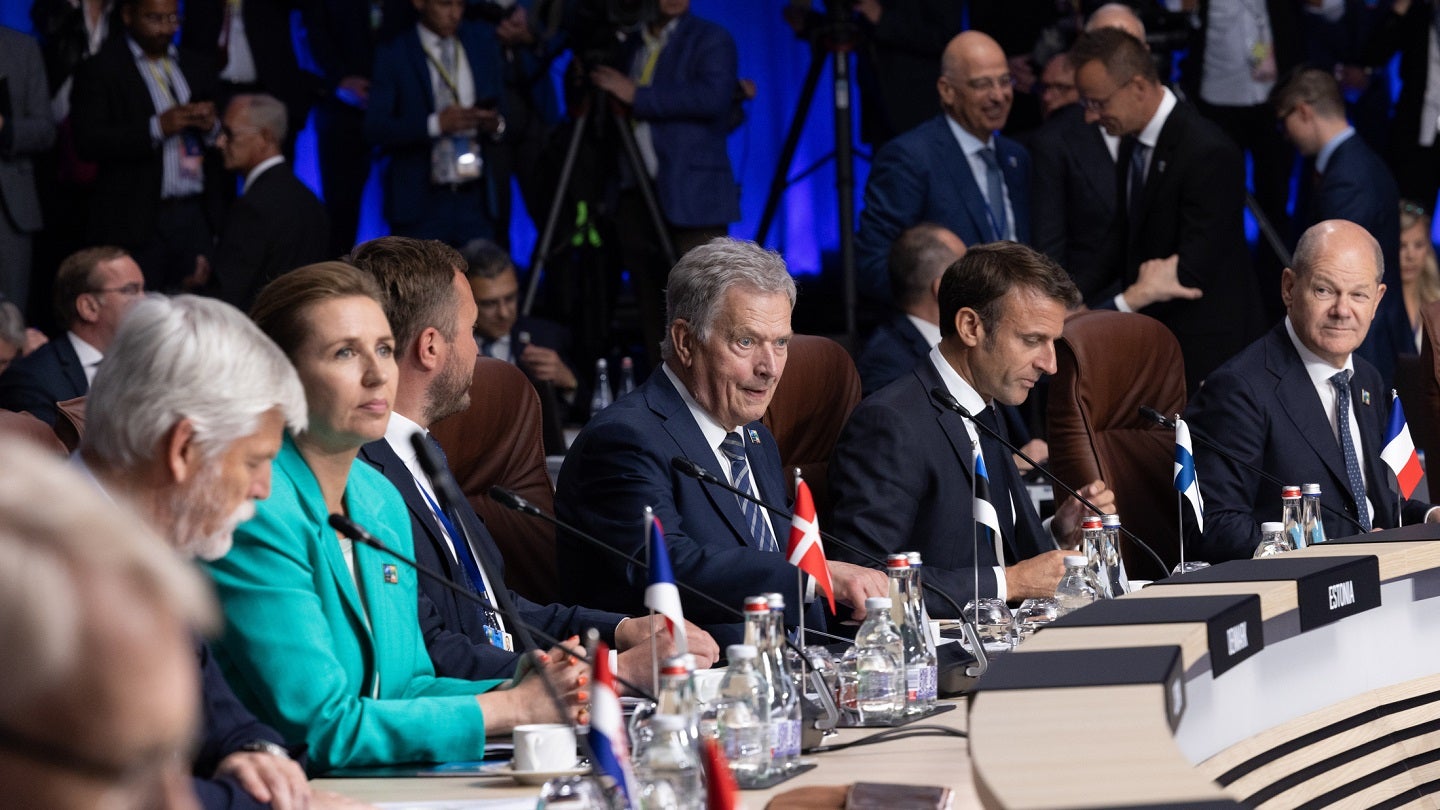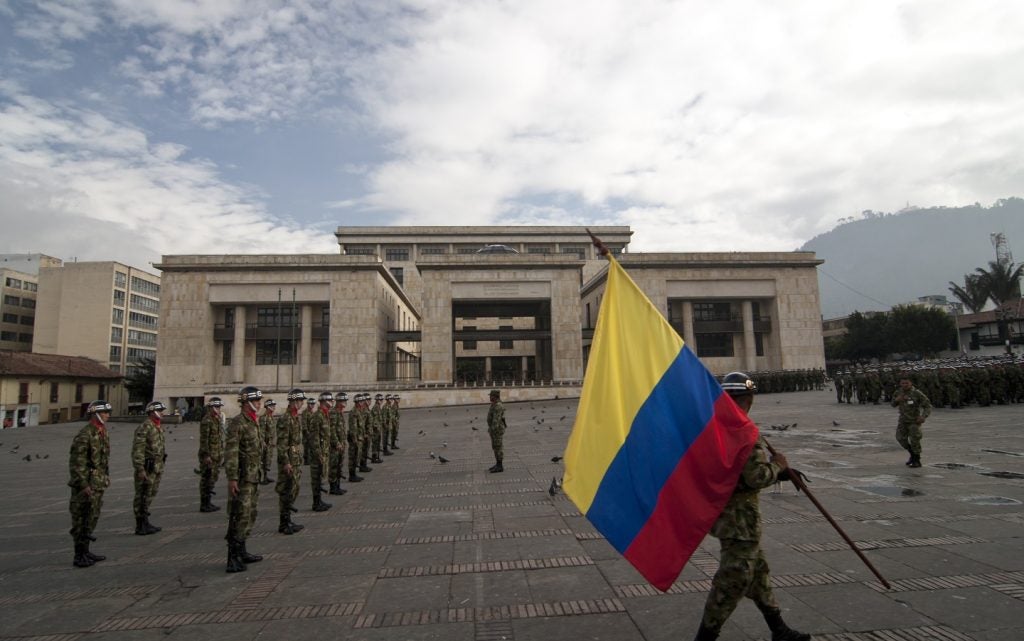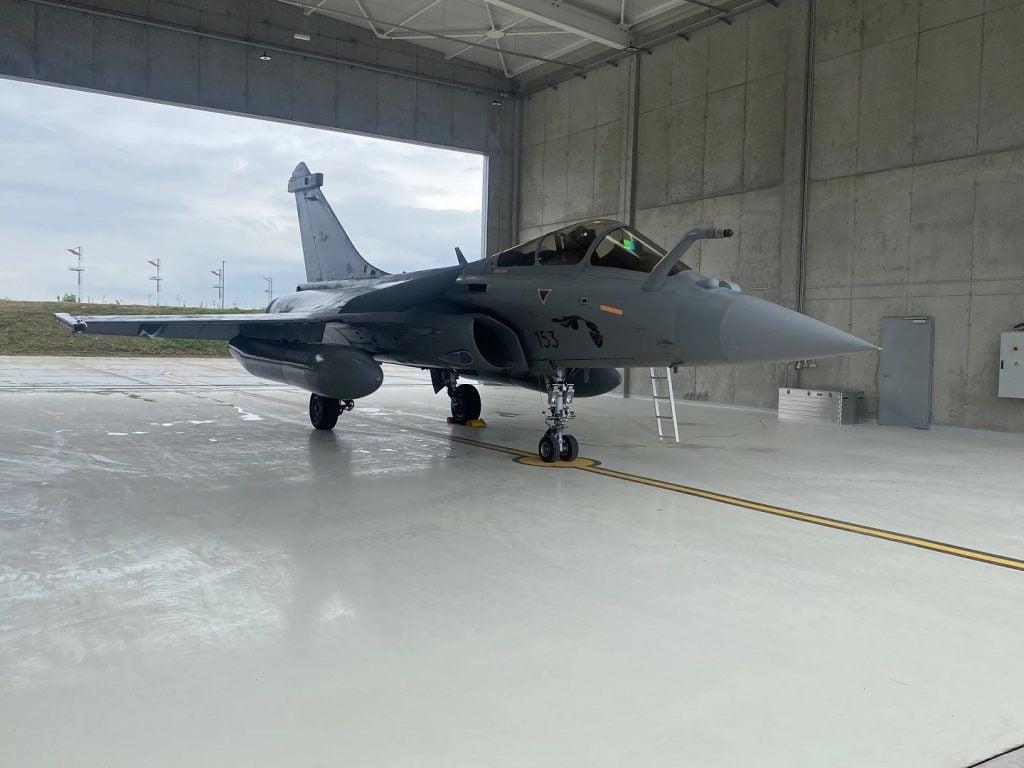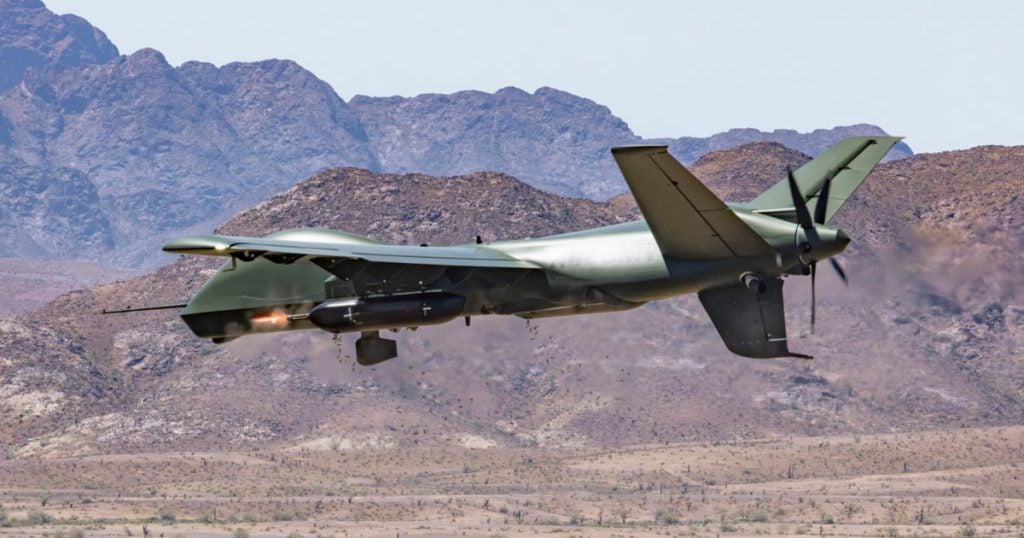
Amid a fractious Nato Summit in Vilnius, dominated by concerns from Ukrainian President Volodymyr Zelenskyy that Kyiv is being used as a pawn in a wider strategic contest with Russia, newly inducted Finland joined its allies around the table, perhaps wondering if every gathering was as noisy.
However, amid the circus and endless photo-ops, there was defence business to discuss for a European continent far from united in how it should approach the reshaping of its defence order. For Finland, Russia’s 2022 invasion of Ukraine forced a political paradigm shift, bringing a military into Nato ideally suited to waging the kind of warfare being seen in the Donbas Oblast.
This is in stark contrast to most of Nato, which incorrectly thought that army-sized land combat was at an end, hailing the one-size-fits-all solution of counter insurgency operations. Indeed, former UK Prime Minister Boris Johnson reportedly considered scrapping the country’s fleet of Challenger 2 tanks, with the platform deemed obsolete at the time, and had allowed national artillery capability to wither on the vine.
Finland, by contrast, has kept up a conventional fighting force, focussed, being outside of Nato, as the sole legal guarantor of its territory. Despite a considerable portion of its military being those taken up from the general population as conscripts, the country maintains solid defence standards.
“Most [Finnish citizens] to take on national service enthusiastically, most voluntarily continue periodic training long after their mandatory full-time service, and they’re likely dependable infantry,” said James Marques, aerospace and defence analyst at GlobalData.
“Given the high rate of willingness to fight in Finnish society, I think most see their conscription system as a benefit rather than a negative. Overall, they’re seen as a solid ‘old-school’ military that kept cold war doctrine when the rest of the west focused on counter-insurgency and smaller high-tech forces.”
How well do you really know your competitors?
Access the most comprehensive Company Profiles on the market, powered by GlobalData. Save hours of research. Gain competitive edge.

Thank you!
Your download email will arrive shortly
Not ready to buy yet? Download a free sample
We are confident about the unique quality of our Company Profiles. However, we want you to make the most beneficial decision for your business, so we offer a free sample that you can download by submitting the below form
By GlobalDataAccording to GlobalData forecasts, Finland’s defence budget has seen a brief period of fluctuation from 2019-2023 owing to the initiation of major payments for its ongoing acquisition of F-35 fighter aircraft beginning in 2021, seeing overall spending from 2021–22 decrease by $0.3bn (€0.27bn). Overall, however, during the historic period spending increased by a total of $1.9bn, going from $3.5bn in 2019 to $5.4bn by 2022.
Expenditure increased sharply again in 2023 where final defence spending for the year is anticipated to reach $6.3bn, which, cumulatively, this would make the total 2019–23 spend $24.5bn, at a compound annual growth rate (CAGR) of 15.5%. GlobalData’s current forecast holds that the 2024–28 period will see a total of $37bn spent on defence instead, for a CAGR of 7% for this period.
Russian own goal in the Great Game
Russia’s 2022 invasion of Ukraine, in a geo-strategic context, has been a colossal miscalculation, in the immediate aftermath of which led to Finland ending its policy of neutrality that it had maintained since 1945. Fellow Nordic state Sweden has followed suit, with recent developments look to have provided a path of its entry into Nato too, after Turkey’s realpolitik masterpiece garnered huge concessions as the price of its support.
For Finland, cooperation between its own military and those of Nato members was already high prior to its accession, with the environmental conditions and specific capabilities of the Finnish military valued among defence planners in Brussels.
“This may be in the process of changing since Ukraine, but previously Finland had the largest artillery arsenal in western Europe. It stood at around 1,500 guns and rocket launchers as of December 2021, but many of these would be Soviet era,” Marques said.
“Because they have a large Russia border and rely on reserves, Finland was always cognizant of perhaps having to fight the long-front, attritional type of war Ukraine is in now. They have famously well drilled [artillery] crews and fire control and, before joining Nato, training alongside them was highly desired by foreign countries.”
GlobalData analysis states Finland’s cooperation with Nato before joining was already high, but the country was now working to further integrate its military structures with its new allies. Finland’s commitment to defend its 1,340km border with Russia, its close ties to the Baltic and Scandinavian region and its programme of national service will continue to drive its defence expenditure.
Notable ongoing procurement programmes are the F-35A stealth fighter, Pohjanmaa–class corvettes and the multinational Common Armoured Vehicle System project.






